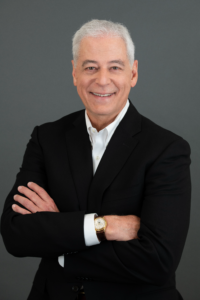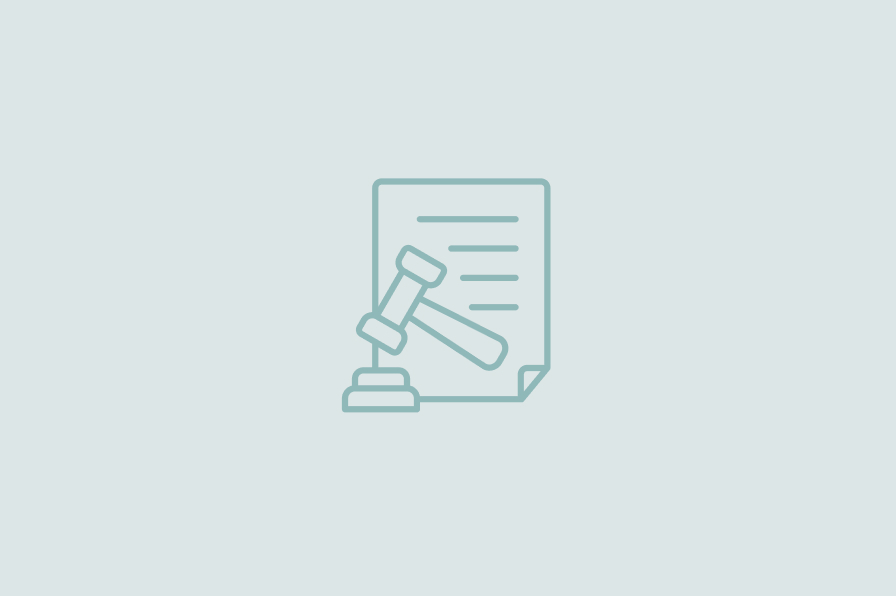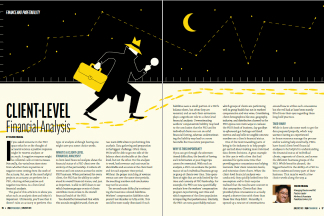Few things are more complicated than the PEO business, and even fewer things are more complicated than retirement plans within the PEO business.
It’s no surprise then that PEOs depend on knowledgeable partners to provide 401(k) plans. Research has shown that companies who participate within a PEO’s 401(k) plan are five times as likely to remain with that PEO than other clients. Simply put, retirement plans represent a sought-after benefit employers want to provide to employees. Offering retirement savings plans increases a PEO’s value proposition. It’s a hook to keep clients engaged and committed.
More than 36 years ago, John Slavic began building the infrastructure to offer such a hook to a new industry. He had extensive experience with Kemper 401(k) plans, rising to top salesman in the world. He recognized the opportunity that PEOs presented.

John Slavic, CEO, Slavic401k
His decision to bet on a new industry has paid off. His company has grown from a single employee to over 300 today. Slavic401k serves more than 12,000 businesses representing more than 250,000 plan participants with more than $10 billion in assets under administration.
John Slavic pioneered the PEO retirement plan industry and has never stopped investing and innovating for the future. He understands how complex and dynamic the PEO industry is. An industry leader, he was chosen to be a past Chairman of The Employer Services Assurance Corporation (ESAC), the first PEO vendor to be given the position. John’s support of and investment in NAPEO as an Industry Champion medallion partner helps the association deliver on our goals to grow and support the PEO industry.
Making the Right Call
In the 1980s, John decided to write a financial newsletter to offer his take on the markets.
“I would take it to a printer and run around office buildings in Boca Raton to pass it out and hope the phone would ring,” he recalls.
It did, and John built a good practice with individual investors. In early October of 1987, he felt fearful about the market. He decided to make a gutsy call to pull all his clients’ assets out. Three weeks later the stock market crashed, and many Americans lost a great deal of their investments. One client was so impressed with his financial acumen, he called the Florida Sun Sentinel. A reporter and photographer came to John’s office, and he appeared on the front page of the business section. The article really catapulted his reputation.
Around this time John began encountering PEOs and thinking about how to work with the industry. He knew the PEO model required a unique approach, one that he would have to develop and build.
“From Slavic401k’s inception, we built a 401(k) record keeping system and administration system with the PEO in mind,” he says.
The company adopted a system based on providing a multiple employer plan (MEP), which at the time was uncommon. John notes that it was not until 2002 that the IRS issued a Revenue Procedure (a form of regulatory guidance) stating that PEOs may only provide 401(k) plans through a MEP.
The profound significance of this statement reverberated through the industry; it was the first formal acknowledgement of the PEO industry at the federal regulatory level. Slavic401k was prepared and leaders at this formative stage of the industry.
Slavic401k was the first to offer open architecture plans whereby the company takes funds from providers and assembles them in a best of class fund lineup. While deep financial knowledge and experience would certainly contribute to his success, John also recognized that technology would play an indispensable role.
Investing and Building for the Future
John notes that the company has always had an Oracle enterprise level license, and a cadre of developers on staff. He’s expanded recently to include a flexible team of anywhere from 25-45 developers.
“We’re as much a technology company as we are a 401(k) provider,” John says.
That means building the right technology infrastructure is as much a part of the company’s success as providing a good return on investments. Integration with payroll platforms was key to early success. It makes the platform an easy, smooth process to use and adopt.
“We’ve taken millions of dollars each year and re-invested in technology to keep up with such a rapidly changing world,” said John.
Slavic401k also provides numerous tech-driven tools and resources that bring added value to a PEO’s clients. On most Fridays John writes a commentary on the current state of the market that is sent to each plan participant with his or her account balance. Further, each month the owner/operator of each client employer receives test results for their plan within the MEP.
In 2019, the company’s robo adviser, Bespoke, won the prestigious FIS Impact Award for most impactful investment technology. The platform helps plan participants answer two essential questions 1.) how much to differ and 2.) how the deferral should be made. The system provides projections and recommended allocations and helps the participant manage it along the way.
The latest tool is Straight Through Plans 2.0 (STP). STP is designed to be fast and efficient. It simultaneously establishes a new plan within Slavic401k and the client employer’s payroll system in 10 minutes. There are many decisions companies have to make and the system distills it down to a few clicks.
“The 2.0 refers to the tax credit incentives in SECURE Act 2.0,” John explains.
STP shows a cost comparison of a new plan and the tax credits employers adopting their first 401(k) plan many qualify for. In many cases, the tax credits are enough to cover most or all of plan expenses for up to three years. Tax credit certificates are generated for each plan participant to take to an accountant. SECURE 2.0 is so complex, small businesses have a hard time understanding it. PEOs bring their compliance expertise to the table, and STP 2.0 makes sure participants can take full advantage easily.
Artificial Intelligence is the next technology frontier John hopes to conquer. Slavic401k has established an AI governance policy and documentation for AI use and is working to develop AI tools. The company is currently training an AI avatar to help customers answer complex questions in nanoseconds. In a nod to the 1974 legislation that established the 401(k) plan, the avatar is named Erisa.
“Everyone talks about AI, but it’s very difficult to design and use. We’re moving the needle,” John says.
“When we deploy it, I think we can double the size of our company and only slightly increase the number of internal employees,” he adds.
In a broader sense, John sees AI as crucial to any company’s long-term survival. Those that effectively and efficiently use AI will surpass those that don’t. He acknowledges this is a tall if not impossible task for small businesses. Offering access to AI-backed tools could be a new value-add for PEOs.
John has seen the industry develop from the early entrepreneurial, wild west days to the sophisticated and professional industry of today. It’s a very different industry, but one he’s glad to be a part of.
“I have nothing but gratitude,” he says, “It wasn’t a genius plan on my part, I just discovered PEOs at the early stage of the industry. We’ve grown working alongside PEOs ever since.”
-
SHARE
- Copy to clipboard




